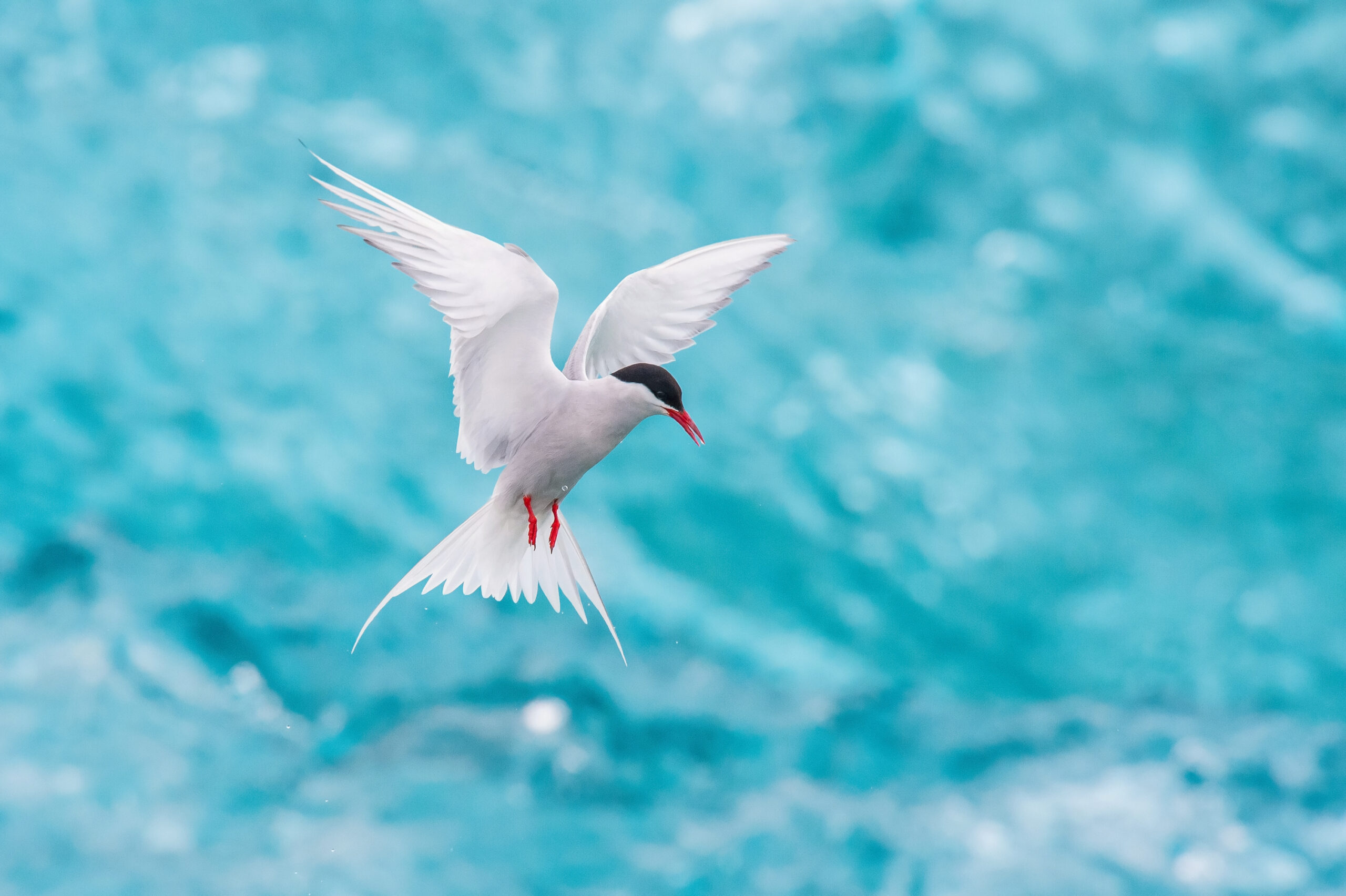A new scientific assessment has reported steep declines in the UK’s seabird populations over the last 25 years.
Five new species have joined the “red List”, which denotes the highest category of conservation concern and means a risk of local extinction: Leach’s storm-petrels, common gulls, great black-backed gulls, Arctic terns and great skuas. These join the already listed kittiwakes, herring gulls, roseate terns, Arctic skuas and puffins, which are all highly threatened.
Seabirds globally are in trouble, declining faster than any other bird group in the world. It is critical for global seabird populations that the UK takes action to halt this decline as, for example, Britain, Ireland, the Isle of Man and the Channel Islands support most of the global populations of breeding great skua (64-67%). Nearly 40% of breeding seabirds are now red-listed in the UK – and 73 bird species overall (30% of the UK total). The last seabird census, Seabirds Count, revealed declines in 62% of UK seabird species, rising to 70% of species in Scottish strongholds.
Government action
The decisions by the UK and Scottish Governments to close Sandeel fisheries have been seen by some conservationists as a significant step to helping protect sebirds, as have the promising results from projects to remove invasive predators from seabird islands across the UK.
Katie-jo Luxton, the global conservation director for the RSPB, said: “We are calling for robust and resourced seabird conservation strategies that can deliver rapid protection of seabird breeding islands from invasive predators, improvements in the marine protected areas network for seabirds, better spatial planning of marine developments to avoid important areas, better fisheries management to ensure there are sufficient prey species and new measures on boats that tackle the bycatch of seabirds in fishing gear.”
Threats
Seabirds face many threats. Among the gravest are changes to their food supply linked to overfishing and climate change. Ocean warming disrupts and shifts the life cycles of seabird prey, such as sandeels, and the resulting scarcity can cause populations to collapse. Increasingly severe winter storms and summer heatwaves also kill seabirds. Entanglement in fishing gear, invasive predators and collisions with offshore turbines present yet more challenges. In addition, ‘bird flu’ – HPAI H5N1, a new strain of the avian influenza virus – first detected in the UK in 2021 resulted in the deaths of tens of thousands of seabirds.
To assess the seabird species, experts used data collected during the last national seabird census, published in November, alongside data from the British Trust for Ornithology (BTO) and Joint Nature Conservation Committee’s (JNCC) seabird monitoring programme. They also used a recent survey led by the RSPB to investigate the impacts of bird flu as a critical part of the evidence for some species.
The scientific assessment published in the journal British Birds can be read here.
